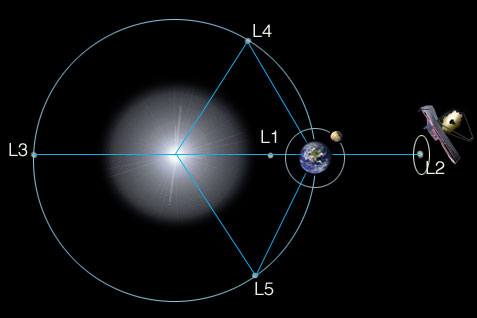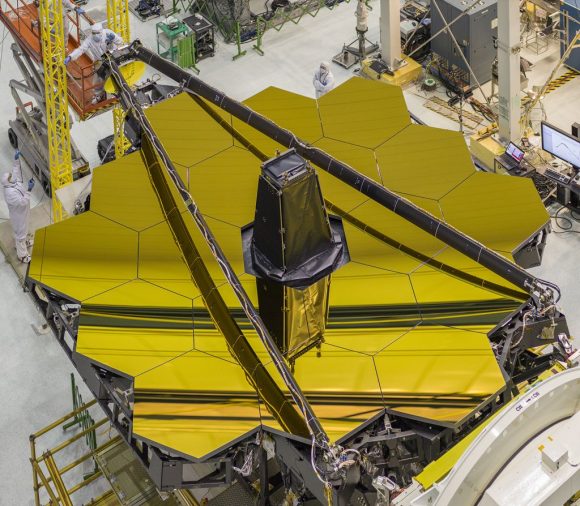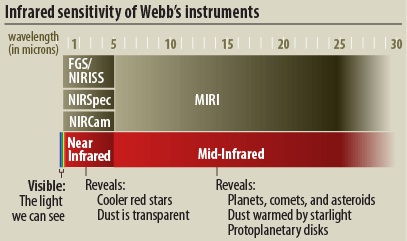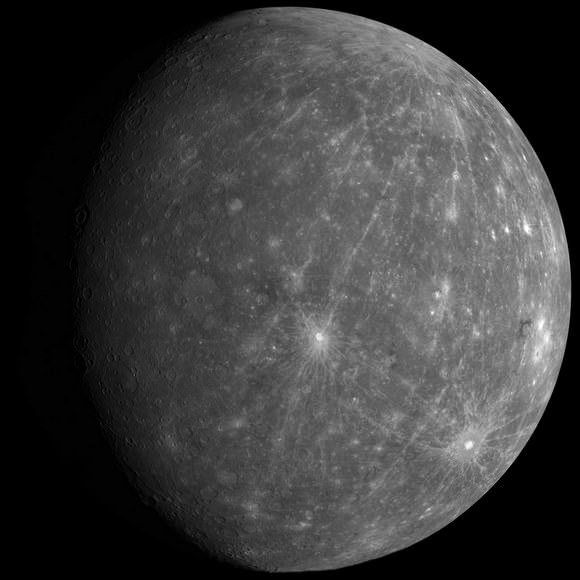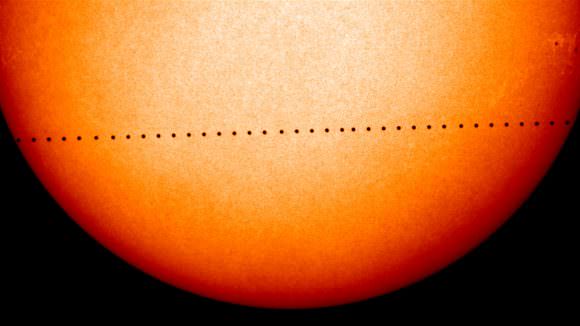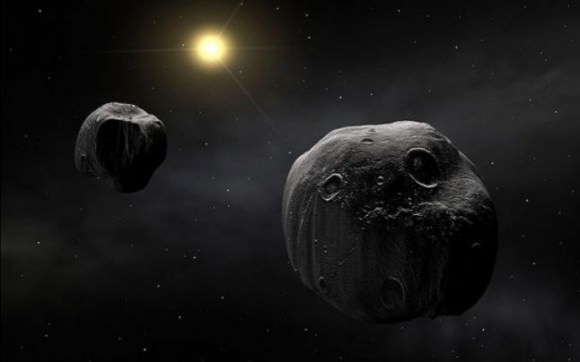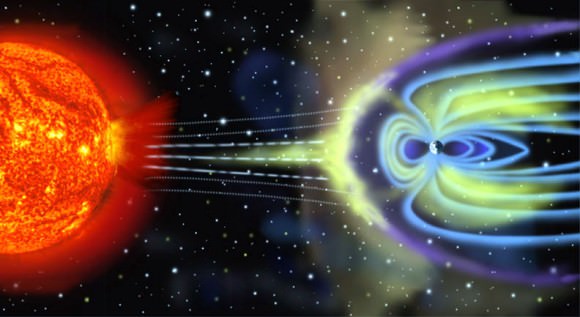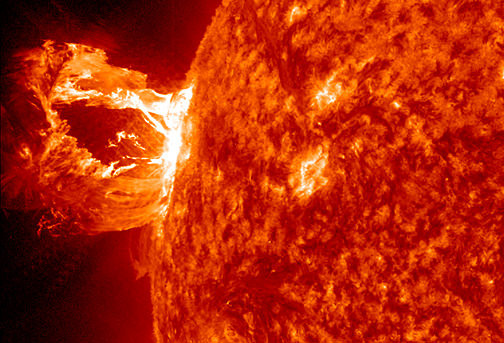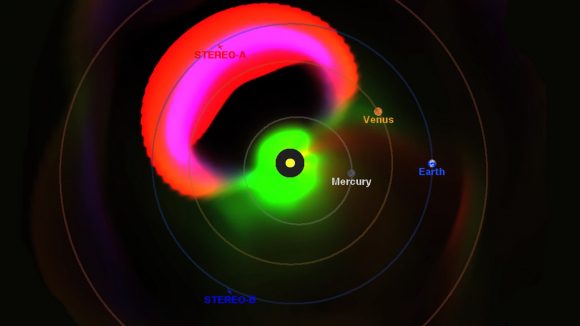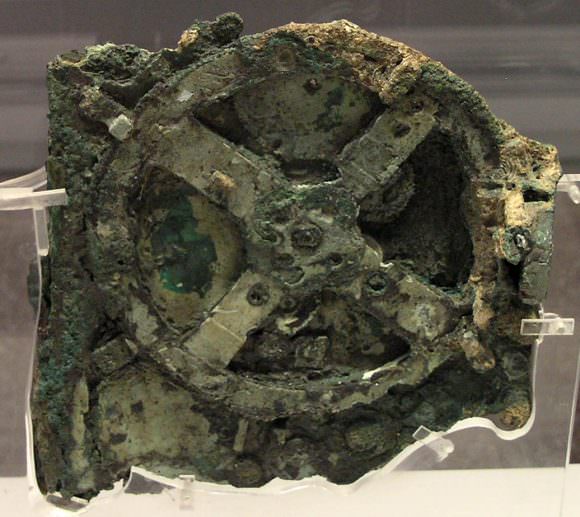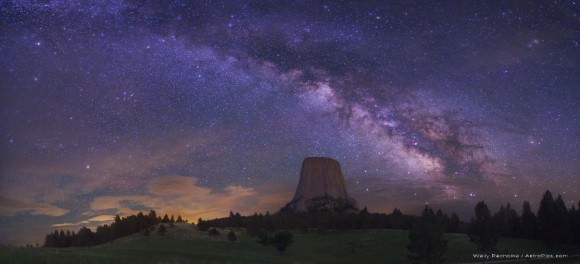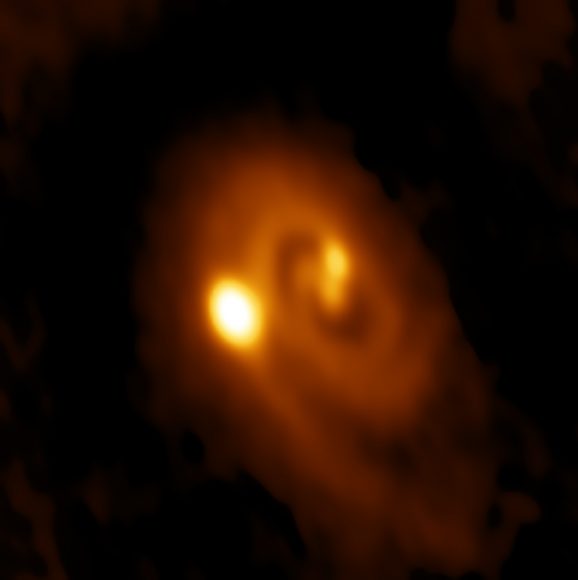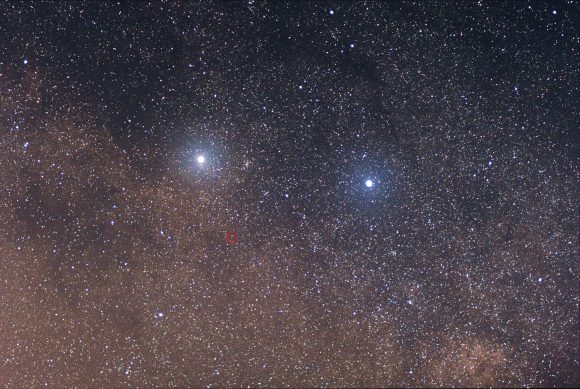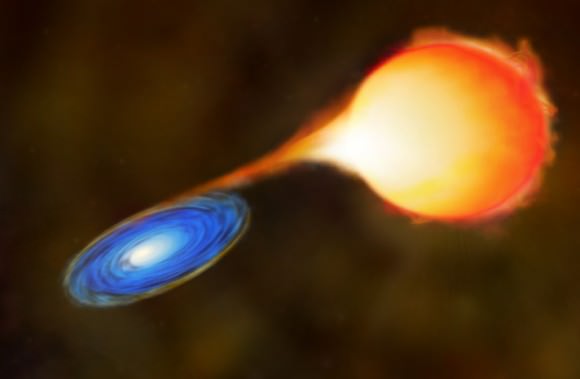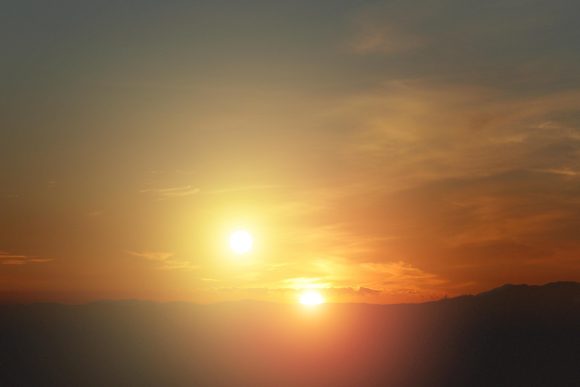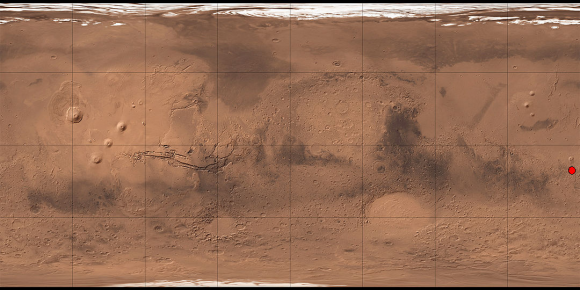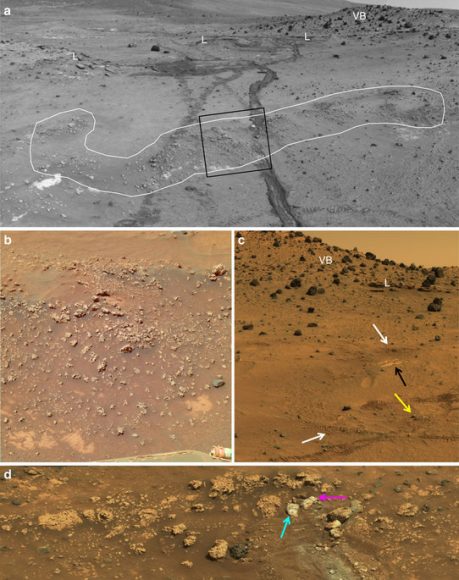For a long time, the idea of finding life on other worlds was just a science fiction dream. But in our modern times, the search for life is rapidly becoming a practical endeavour. Now, some minds at NASA are looking ahead to the search for life on other worlds, and figuring out how to search more effectively and efficiently. Their approach is centered around two things: nano-satellites and microfluidics.
Life is obvious on Earth. But it’s a different story for the other worlds in our Solar System. Mars is our main target right now, with the work that MSL Curiosity is doing. But Curiosity is investigating Mars to find out if conditions on that planet were ever favorable for life. A more exciting possibility is finding extant life on another world: that is, life that exists right now.
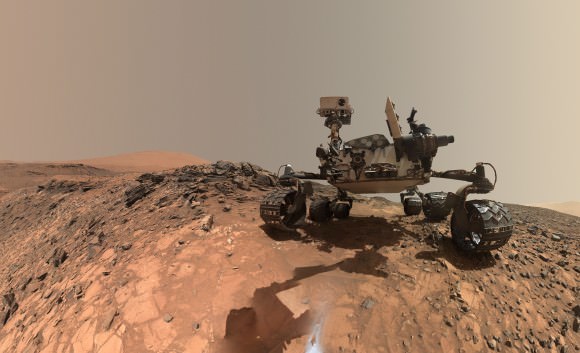
At the Planetary Science Vision 2050 Workshop, experts in Planetary Science and related disciplines gathered to present ideas about the next 50 years of exploration in the Solar System. A team led by Richard Quinn at the NASA Ames Research Center (ARC) presented their ideas on the search for extant life in the next few decades.
Their work is based on the decadal survey “Vision and Voyages for Planetary Science in the Decade 2013-2022.” That source confirms what most of us are already aware of: that our search for life should be focussed on Mars and the so-called “Ocean Worlds” of our Solar System like Enceladus and Europa. The question is, what will that search look like?
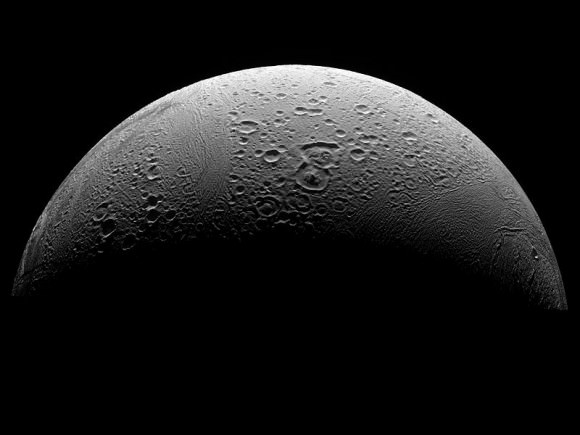
Quinn and his team outlined two technologies that we could center our search around.
Nanosatellites
A nanosatellite is classified as something with a mass between 1-10 kg. They offer several advantages over larger designs.
Firstly, their small mass keeps the cost of launching them very low. In many cases, nanosatellites can be piggy-backed onto the launch of a larger payload, just to use up any excess capacity. Nanosatellites can be made cheaply, and multiples of them can be designed and built the same. This would allow a fleet of nanosatellites to be sent to the same destination.
Most of the discussion around the search for life centers around large craft or landers that land in one location, and have limited mobility. The Mars rovers are doing great work, but they can only investigate very specific locations. In a way, this creates kind of a sampling error. It’s difficult to generalize about the conditions for life on other worlds when we’ve only sampled a small handful of locations.

On Earth, life is everywhere. But Earth is also the home to extremophiles, organisms that exist only in extreme, hard-to-reach locations. Think of thermal vents on the ocean floor, or deep dark caves. If that is the kind of life that exists on the target worlds in our Solar System, then there’s a strong possibility that we’ll need to sample many locations before we find them. That is something that is beyond the capabilities of our rovers. Nanosatellites could be part of the solution. A fleet of them investigating a world like Enceladus or Europa could speed up our search for extant life.
NASA has designed and built nanosatellites to perform a variety of tasks, like performing biology experiments, and testing advanced propulsion and communications technologies. In 2010 they successfully deployed a nanosatellite from a larger, microsatellite. If you expand on that idea, you can see how a small fleet of nanosatellites could be deployed at another world, after arriving there on another larger craft.
Microfluidics
Microfluidics deals with systems that manipulate very small amounts of fluid, usually on the sub-millimeter scale. The idea is to build microchips which handle very small sample sizes, and test them in-situ. NASA has done work with microfluidics to try to develop ways of monitoring astronauts’ health on long space voyages, where there is no access to a lab. Microfluidic chips can be manufactured which have only one or two functions, and produce only one or two results.
In terms of the search for extant life in our Solar System, microfluidics is a natural fit with nanosatellites. Replace the medical diagnostic capabilities of a microfluidic chip with a biomarker diagnostic, and you have a tiny device that can be mounted on a tiny satellite. Since functioning microfluidic chips can be as small as microprocessors, multiples of them could be mounted.
” Technical constraints will inevitably limit robotic missions that search for evidence of life to a few selected experiments.” – Richard.C.Quinn, et. al.
When combined with nanosatellites, microfluidics offers the possibility of the same few tests for life being repeated over and over in multiple locations. This is obviously very attractive when it comes to the search for life. The team behind the idea stresses that their approach would involve the search for simple building blocks, the complex biomolecules involved in basic biochemistry, and also the structures that cellular life requires in order to exist. Performing these tests in multiple locations would be a boon in the search.
Some of the technologies for the microfluidic search for life have already been developed. The team points out that several of them have already had successful demonstrations in micro-gravity missions like the GeneSat, the PharmaSat, and the SporeSat.
“The combination of microfluidic systems with chemical and biochemical sensors and sensor arrays offer some of the most promising approaches for extant life detection using small-payload platforms.” – Richard.C.Quinn, et. al.
Putting It All Together
We’re a ways away from a mission to Europa or Enceladus. But this paper was about the future vision of the search for extant life. It’s never too soon to start thinking about that.
There are some obvious obstacles to using nanosatellites to search for life on Enceladus or Europa. Those worlds are frozen, and it’s the oceans under those thick ice caps that we need to investigate. Somehow, our tiny nanosatellites would need to get through that ice.
Also, the nanosatellites we have now are just that: satellites. They are designed to be in orbit around a body. How could they be transformed into tiny, ocean-going submersible explorers?
There’s no doubt that somebody, somewhere at NASA, is already thinking about that.
The over-arching vision of a fleet of small craft, each with the ability to repeat basic experiments searching for life in multiple locations, is a sound one. As for how it actually turns out, we’ll have to wait and see.



